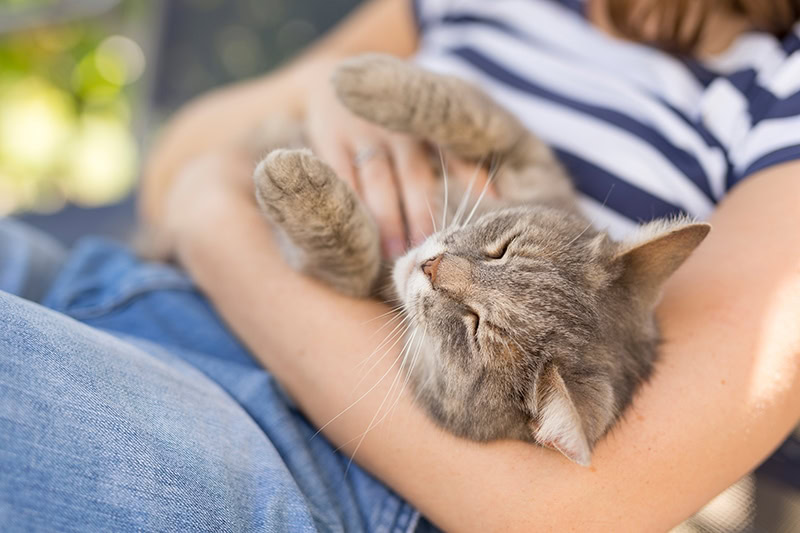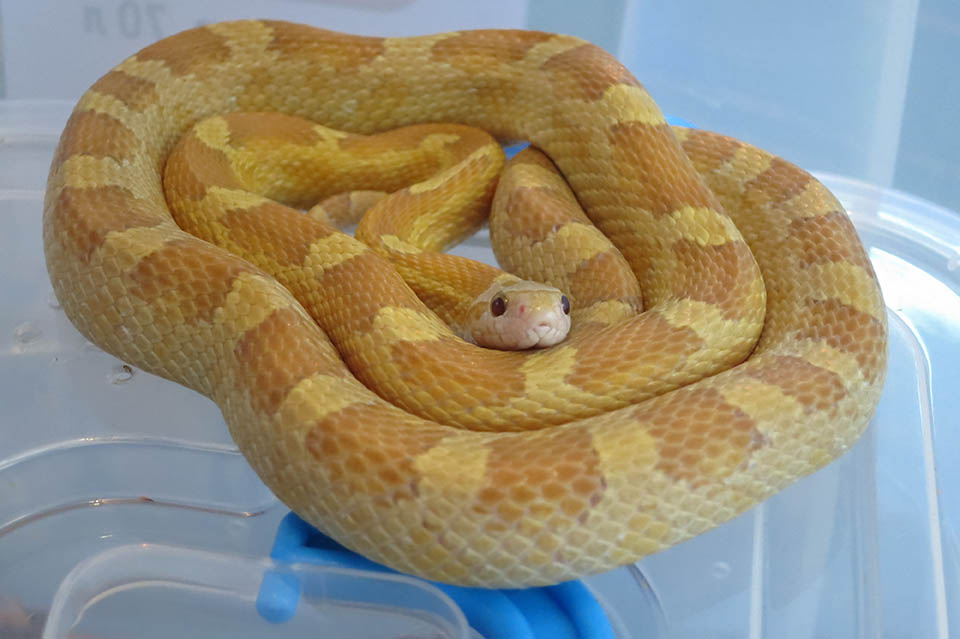We love our cats but do they love us back? With some cats, their feelings are obvious. They are affectionate, they want to be around you all the time, and you can feel their love for you. Others may be more aloof. Perhaps you just adopted an older cat and want to bond with them.
If you’ve rescued a cat from a shelter or an abusive situation, it may take them a while to trust you enough to be vulnerable and show love. This doesn’t mean they don’t like you. It’s a matter of self-preservation. Cats need to survive, and they do that by keeping themselves safe.
If your cat lets their guard down with you, shows you their belly, or wants to play with you, you’re doing something right. But if you’d like to strengthen your bond or just give your cat more ways to feel comfortable and secure with you, we have a few tips for you to try.
We hope that our 10 methods will bring joy to both you and your feline.
The 10 Vet-Reviewed Ways to Make Your Cat Love You
1. Be Gentle
Some cats don’t like to be picked up, grabbed, or confined when they aren’t expecting it. If you try to pick your cat up from behind without warning, they could become scared or even defensive. If you want to handle your cat, it’s always best to let them know first by approaching slowly from the front and letting them know that you’re there by petting them gently and talking to them. Afterwards, you can scoop them up without startling them.
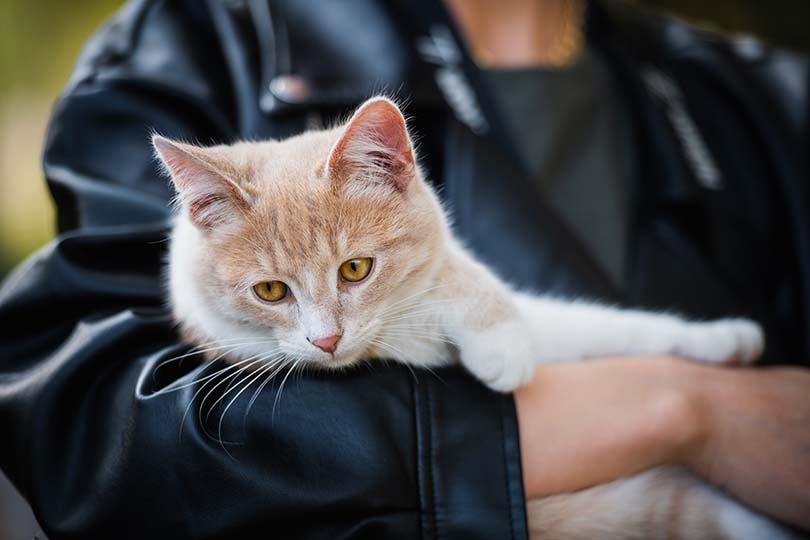
2. Be Patient
Your cat doesn’t look at life the way that you do. If you’re moving, you know that you’re packing and will be changing residences. Your cat sees chaos and boxes, and then they are being taken from their home and placed somewhere new.
Many cats don’t react well to change. They can become scared and stressed. Make these changes slowly, whatever they are, and allow your cat to become comfortable at their own pace. Anticipate any potential stressors and do your best to minimize them.
When you arrive at the new house, give the cat their own space with familiar things to let them settle in before letting them roam the place freely. This applies to changing residences as much as it applies to changing their litter box location or rearranging furniture. If you get a new litter box, keep it next to the old one for a while until your cat gets comfortable with it.
But patience is important even if there are no changes in your household. Let your cat choose the pace at which they want to interact with you, so they feel safe and reassured at all times.
3. Read Their Body Language
Cats let us know what they want and don’t want. We just have to pay attention to what they’re saying. Do you notice that your cat prefers to not be touched in a certain area? This means they’d like you to respect that and not touch them there.
By softly petting your cat, you’ll see how they respond when you scratch their ears or rub their face. The positive responses, like purring and pushing into your hand, mean your cat appreciates that and would like more. However, if your cat is hissing, swatting, or swishing their tail rapidly, they would prefer not to be touched and are telling you clearly to back off.

4. Treats!
A nice way to gain your cat’s trust is to reward them for trusting you by using treats. If you’re trying to build a relationship with your cat, show them what you like. For example, if you call your cat and they come to you, give them a treat that they love. If they approach you on their own, again reward this behavior with treats, attention, or a fun play session.
If you’re brushing your cat, use treats to reward them for accepting it. If your cat is scared and hiding for any reason, remove the stressor or the source of their fear as best as possible and give them a chance to come out on their own without feeling threatened or cornered. Treats, words of reassurance, and gentle attention are the secret to getting your cat to associate you with positive feelings.
5. Food
Food is not always as special as treats, but it’ll work. Feeding your cat good-quality food ensures their ongoing health and minimizes the competition for resources in a multi-cat household with each cat having their own food and water bowls. They know where their food is coming from because they watch you give it to them and associate you with feeding times. That’s also why they try to wake you up in the middle of the night if they’re feeling hungry.
By keeping your cat well-fed, they will love you because you’re their caregiver. At least we hope so.
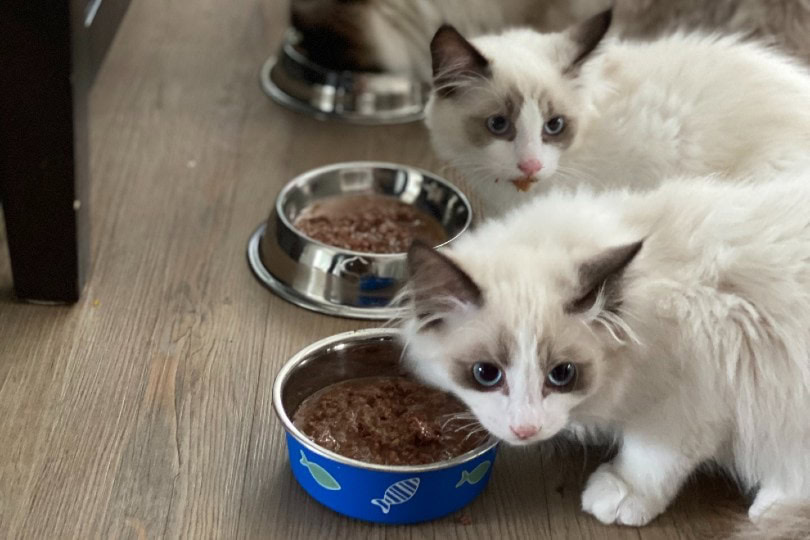
6. Clean Their Bathroom
It would be great if cats could clean their own litter boxes, but since they can’t, it’s our job. Cats like to be clean and prefer their litter boxes to also be clean. To make them feel at home, keep their litter boxes scooped and refreshed daily. Emptying the entire box once a week and washing it with soap and water before refilling it with clean litter is a way to keep it smelling fresh.
7. Brushing
Cats may groom each other. You may see this if you live in a multi-cat household. It’s a way for cats to show affection, form bonds and even maintain a social hierarchy avoiding conflicts. However, not all cats enjoy brushing and this is something that should be started from a young age. Regular brushing removes loose hair that they would’ve either lost through shedding or swallowed while grooming themselves, preventing the formation of mats. It also keeps their coats healthy and shiny and reduces furballs.
Your cat will appreciate the effort and may even start to lick you as a way to groom you too! Use gentle strokes with a soft brush at first to get your cat used to the feeling. You can use a brush designed for capturing loose hair if your cat tolerates it.
Our favorite cat brush is Hepper Cat Brush. This brush is perfect for both you and your cat since it is easy to use, clean and it’s very effective when getting rid of loose hair and knots in your cat’s coat.
- ONE PUSH RELEASE - This kitten brush / cat brush pops out fur with just a simple press, leaving you...
- DURABLE - Cat shedding can be a tough ordeal. Made of resilient ABS plastic and metal bristles with...
- COMFORTABLE - A cat fur brush with 60 degree angled, fine bristles and rubber stoppers will bring...
At PangoVet, we’ve admired Hepper for many years and decided to take a controlling ownership interest so that we could benefit from the outstanding designs of this cool cat company!
8. Environmental Enrichment and Quality Time
Showing affection to your cat through petting, cuddling, cuddling, and playing with them lets them know that you love them and that they can feel safe around you. Interact with them throughout the day, encouraging playtime and implementing other ways to improve the strength of your bond, using environmental enrichment. This means ensuring your kitty can express their natural behaviors through using cat scratchers, perches, cat trees, and window sills to observe their environment, or even enjoy some safe outdoor activity in a secure catio.
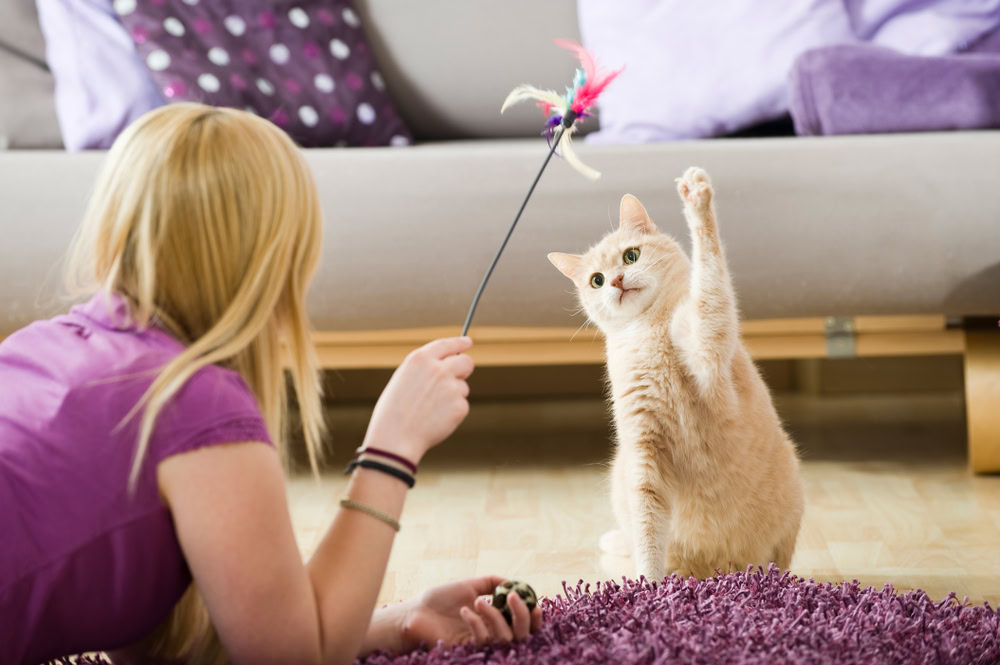
9. Don’t Punish
If your cat does something that you don’t like, punishing them is not the answer. If you raise your voice or worse, you’ll break their trust in you and scare them unnecessarily. This is a chance to show your cat the behavior that you want to see from them instead.
Teach them instead of yelling at them. Yelling will create a stressed atmosphere for your cat, and they won’t understand what you’re saying. Is your cat scratching the furniture? Redirect them to scratch their own post, as after all, scratching is a normal feline behavior. Is your cat getting into something that they shouldn’t? Focus their attention on something else, like their favorite toys. Show them what you want to see from them, by using a calm approach and positive reinforcement.
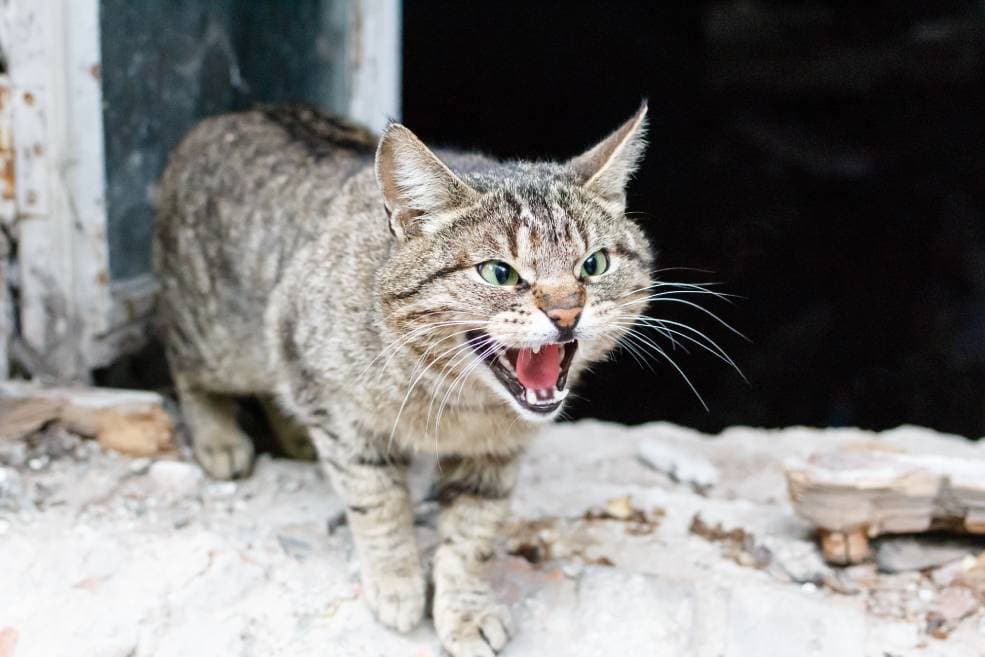
10. Mostly, Understand Them
We tend to make the mistake of thinking cats will be like dogs. Most dogs are generally openly affectionate, respond to commands, and are usually predictable. Cats are completely different creatures that like to retreat to quiet places at times, but also enjoy company and can be quite sociable despite their reputation. We think that this means they don’t love us, but that’s not true. They just love us differently.
Give them their space when they want it, and don’t push them to interact when they choose not to or be impatient with them. You will strike a healthy balance of love and respect in your relationship with your cat if you listen to their body language and adapt to their needs.

Final Thoughts
We hope our tips have given you a few ideas to start strengthening the bond with your cat. They are more than capable of love and affection; they just show it on their own terms. Don’t be disappointed if your cat isn’t as loving as you want them to be right now. It doesn’t mean they won’t get there one day!
See also:
- Why Do Cats Love the “Pspsps” Sound So Much? Possible Reasons
- Best Wire for Chicken Runs: Great Options
Featured Image Credit: Impact Photography, Shutterstock
